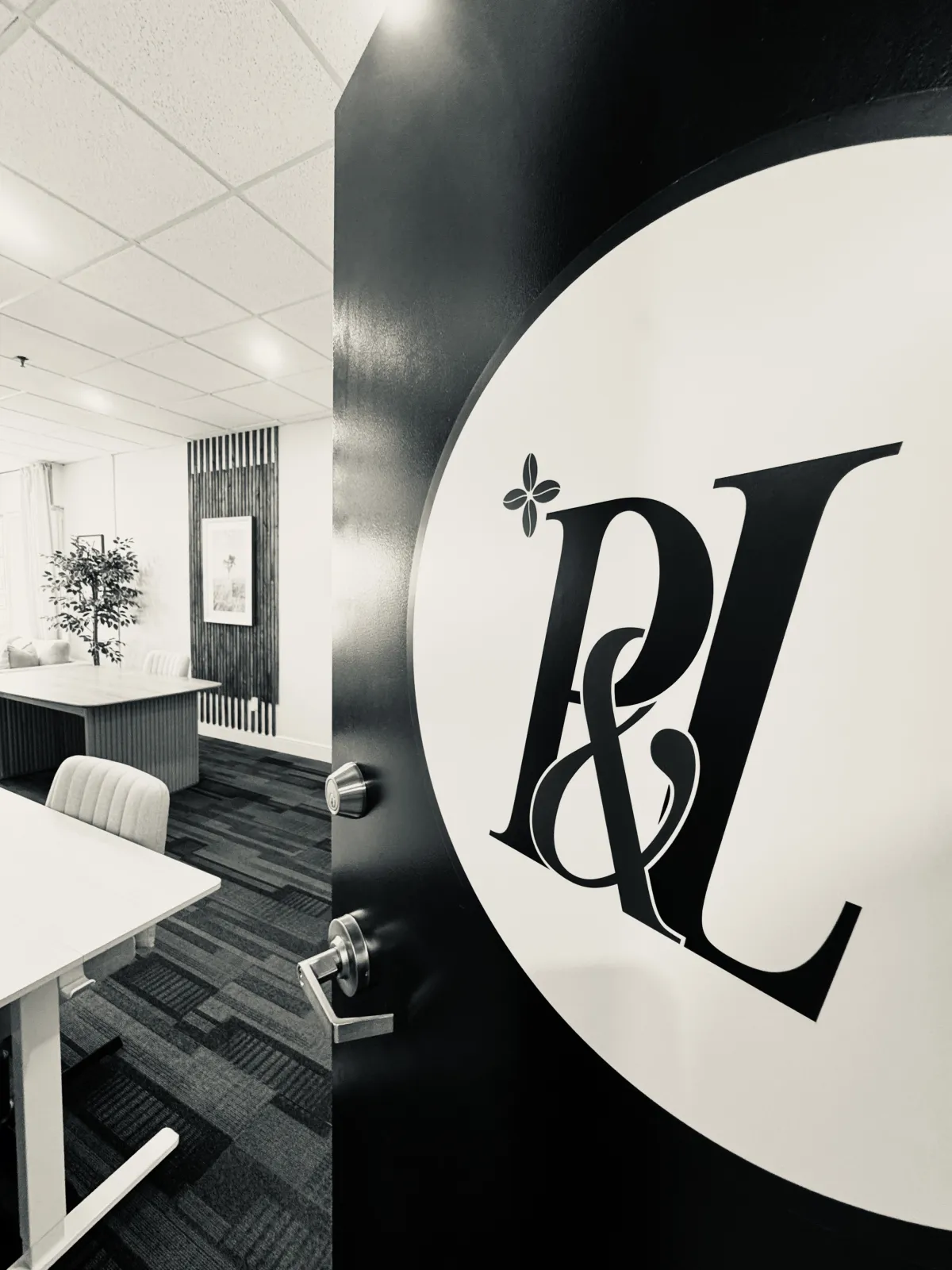
The Hidden Costs of Undercharging: How Low Prices Sabotage Your Business
I used to think charging less would make people say yes faster.
Ya, it didn’t.
What it did do was attract the wrong people. The ones who second-guessed every invoice. The ones who expected VIP treatment on a shoestring budget. The ones who drained my time, energy, and confidence.
If you’ve ever dropped your price just to close the sale, I get it.
You want to be accessible. You want to be nice.
You want to help.
But let me say this clearly. Undercharging is not helping your business. It’s slowly bleeding it dry.
The emotional math behind pricing too low
Most women I work with aren’t afraid of hard work.
They’re afraid of being too expensive.
They’re afraid someone won’t see their worth.
They’re afraid someone will walk away and never come back.
So they lower their rates. They offer discounts before they’re even asked. They let cancellations slide without charging a fee. And then they wonder why they’re working more hours and making less money.
Here’s the truth: when your prices don’t match the value you’re delivering, your business starts to crumble from the inside out.
And not just financially. Emotionally, too.
Because you start resenting your clients. You start resenting yourself.
You stop showing up fully because you’re tired, burnt out, and low-key bitter.
You start wondering if you’re even cut out for this.
But the problem isn’t you. The problem is your pricing.
The real cost of undercharging
Let’s break it down.
When you undercharge, you pay the price in:
Time – You have to take on more clients just to meet your income goals, which means less space for creativity, rest, and big-picture thinking.
Energy – The more you give without being compensated fairly, the more depleted you feel. You can’t pour from an empty cup, remember?
Respect – Yep, I said it. When your prices are low, you attract people who may not respect your time, boundaries, or expertise. It’s not about being mean or elitist, it’s about energetics. High-value clients respect high-value work.
Growth – If you’re stuck in the cycle of constantly hustling for the next low-ticket client, when exactly are you building the systems, strategy, and stability to scale?
The most successful businesses I work with? They don’t just look at revenue.
They look at profit. They look at capacity.
They charge in alignment with their actual cost to deliver and their emotional labour.
What undercharging really says (even if you don’t mean to)
Here’s a hard truth I had to learn:
When you undercharge, people subconsciously assume you’re either inexperienced, desperate, or not that good.
It doesn’t matter if that’s not true. That’s how it lands.
And if you’re really good at what you do (which I know you are) then your prices should reflect that. Not just so you feel confident quoting them, but so your clients trust that what they’re getting is high quality.
People don’t value what they don’t invest in.
And when they’ve got skin in the game, they show up differently. They commit. They take it seriously. They get better results.
That’s a win-win for you and them.
Raising your prices doesn’t mean you’re greedy
We need to stop equating fair compensation with greed.
You didn’t start your business to be a martyr. You started it to have freedom, impact, and a better life. And that doesn’t happen when you’re charging below what you need to survive.
Here’s what fair pricing actually allows you to do:
Pay yourself consistently
Hire the support you need
Work fewer hours (without guilt)
Show up with energy, creativity, and excitement
Deliver better results to clients because you’re not running on fumes
And that’s not just good for business. That’s good for your health. Your relationships. Your nervous system. Your life.
How to raise your prices (without spiraling)
If your palms are sweating at the thought of charging more, take a breath.
You don’t have to double your rates overnight or send a “new prices effective immediately” email that makes you want to puke.
Start here:
Audit your current pricing – Are you covering your expenses, paying yourself, AND building profit into your rates?
Calculate your capacity – How many clients can you realistically support each week without burnout? Use that to reverse-engineer your ideal pricing.
Pick one service – Choose your most popular offer and give it a price that makes sense. Then practice saying it out loud until it rolls off your tongue with confidence.
Create a value stack – Show your clients what they’re actually getting (not just time, but transformation).
Own your numbers – The most important part. Don’t explain. Don’t apologize. Don’t discount. Say it like it’s normal…because it is.
Here’s the part no one tells you
Your pricing isn’t just about the numbers on the invoice.
It’s about how you feel when you send it.
If your stomach drops every time you quote your rates, that’s your intuition telling you something needs to change.
Because confidence isn’t built by giving it all away for free.
It’s built by honouring your value, protecting your time, and getting paid accordingly.
You don’t need to do more to be worthy of more.
You just need to stop selling yourself short.
If you’re ready to raise your prices but want support in doing it confidently (and profitably), I’ve got tools that can help.
Reach out or grab the Raise Your Prices freebie pack…it’s got the exact steps I use with my clients to charge what they’re worth and still feel good about it.
You’re not too expensive.
You’re just priced for people who don’t see your magic.
Let’s fix that.
